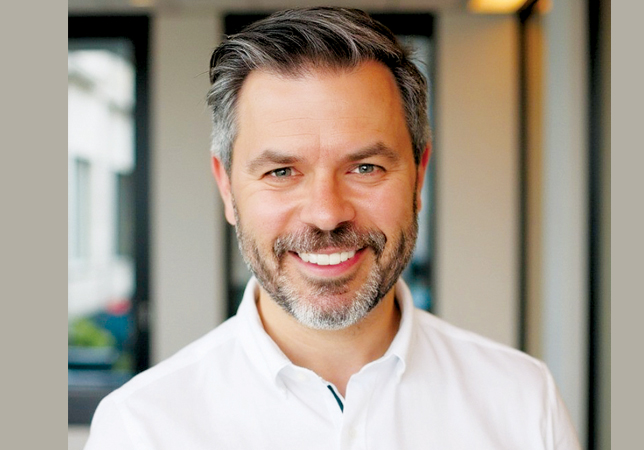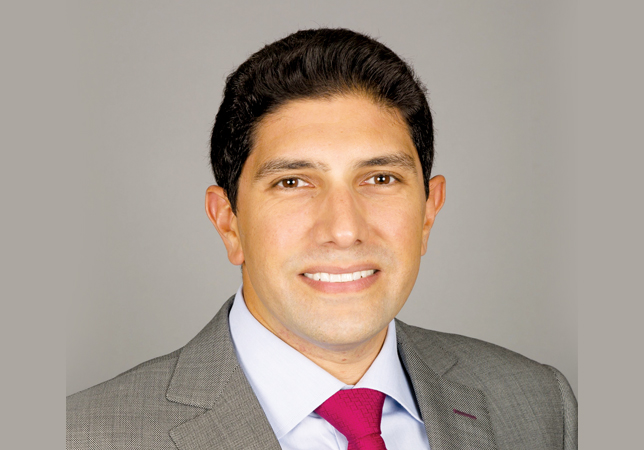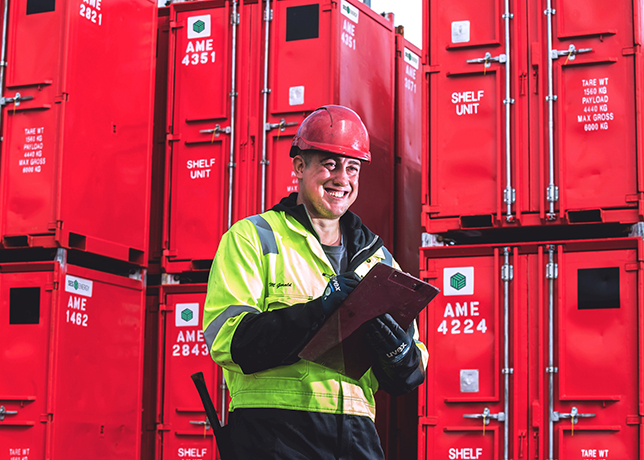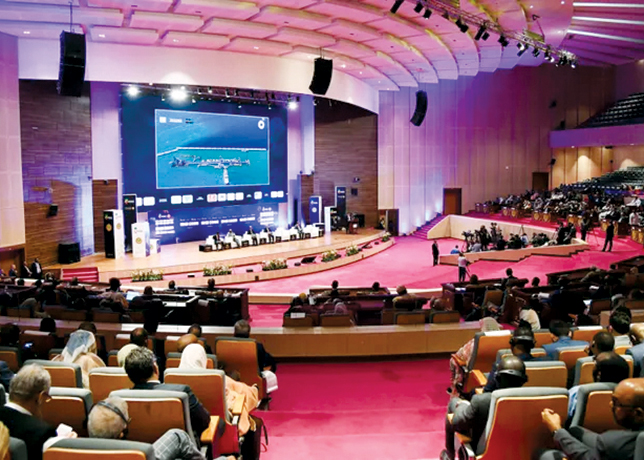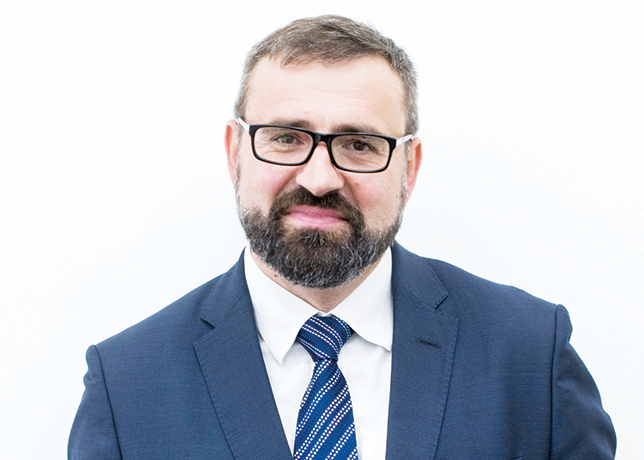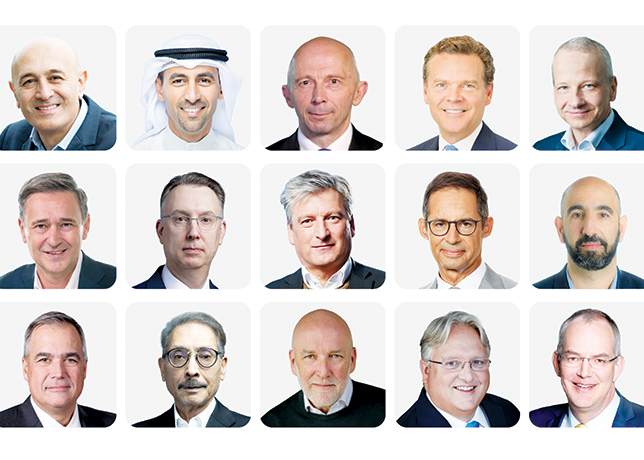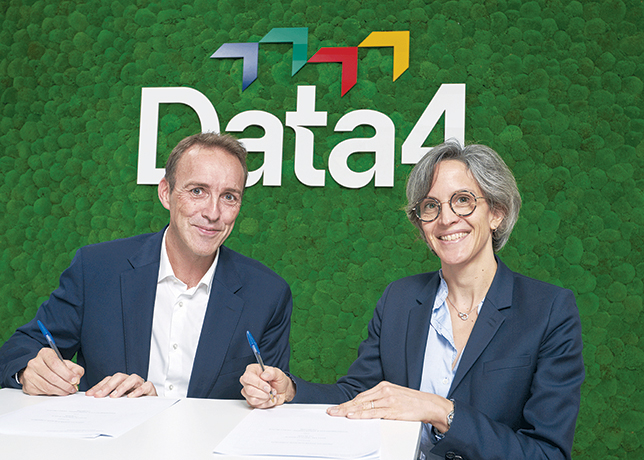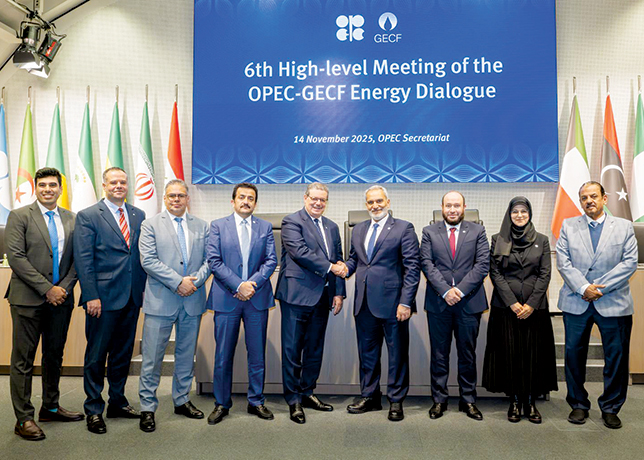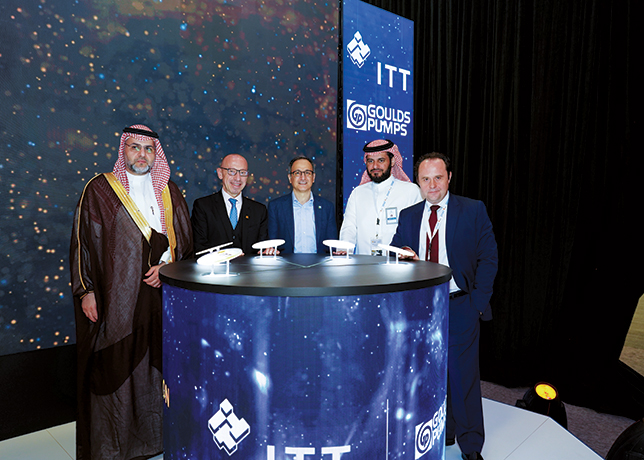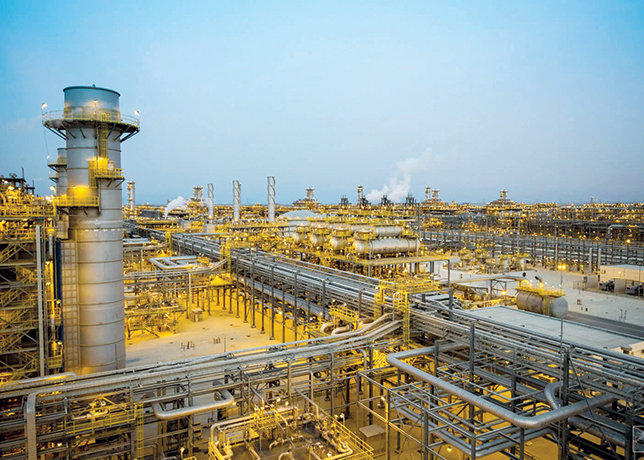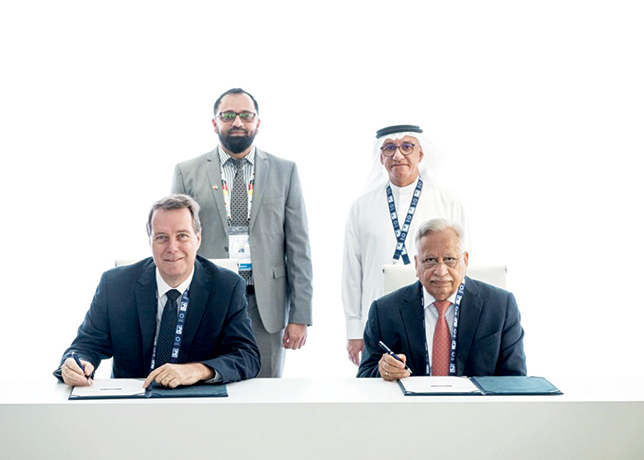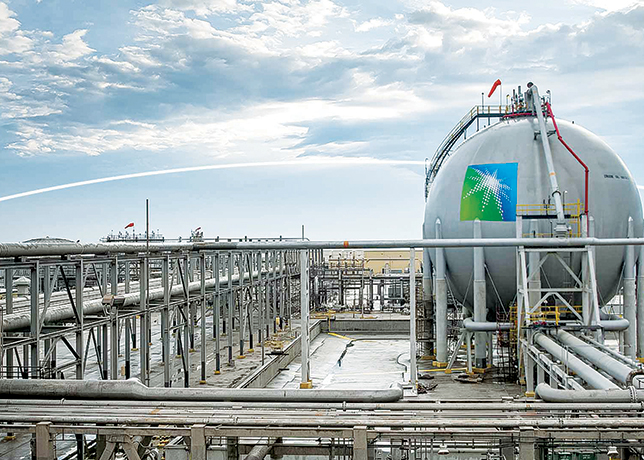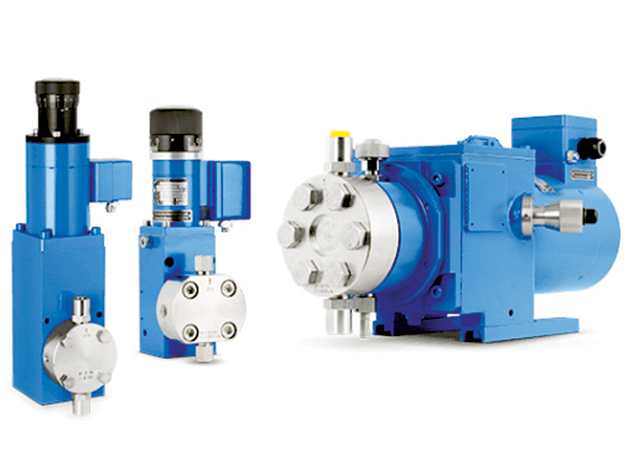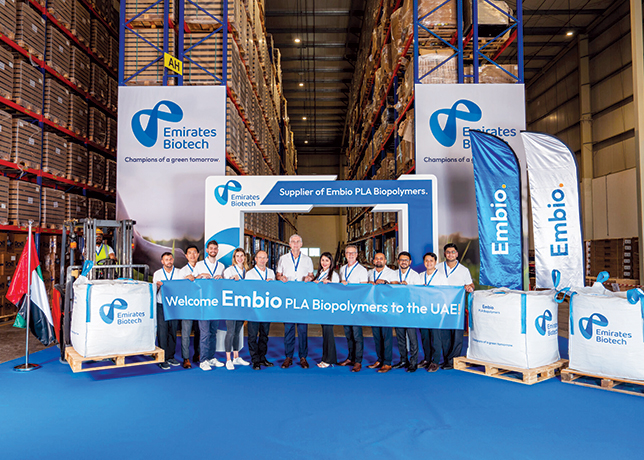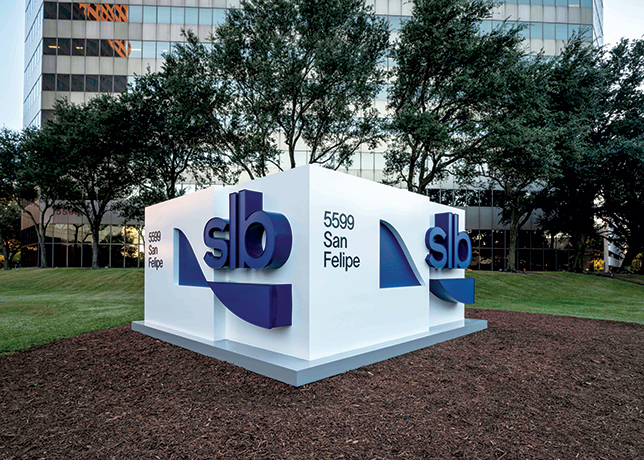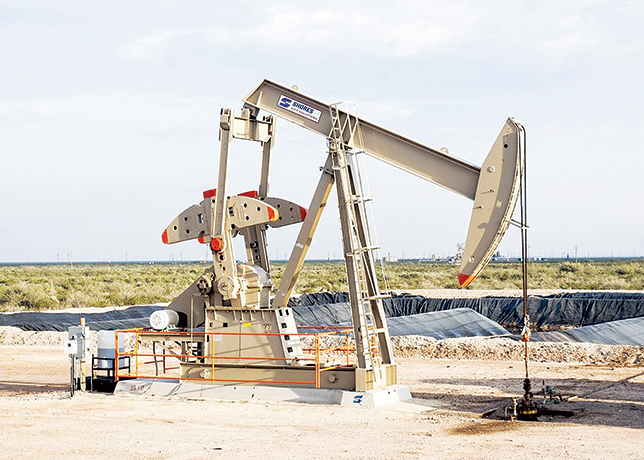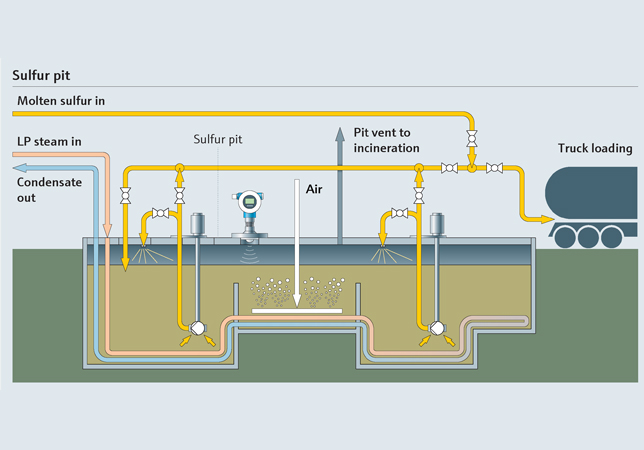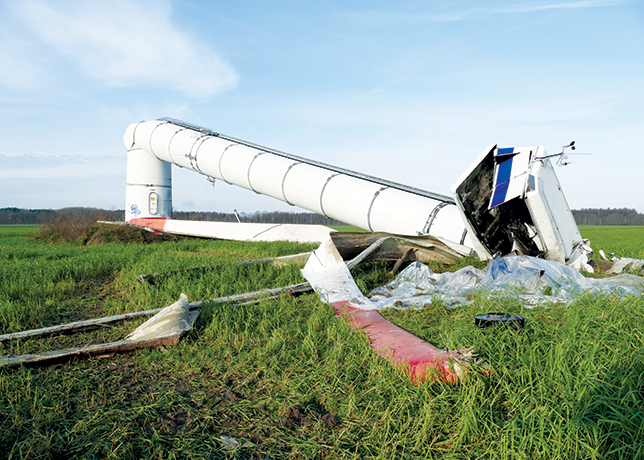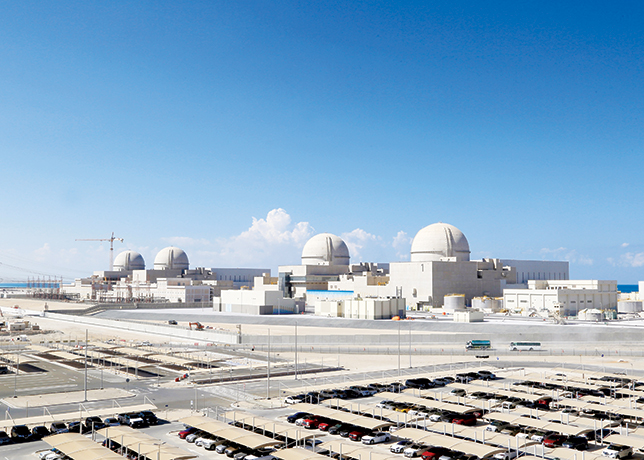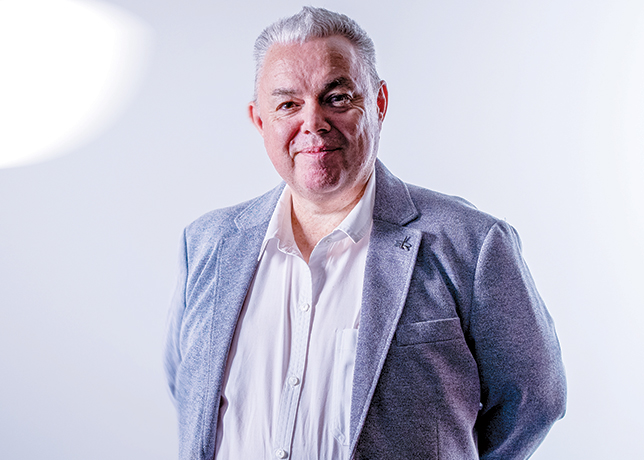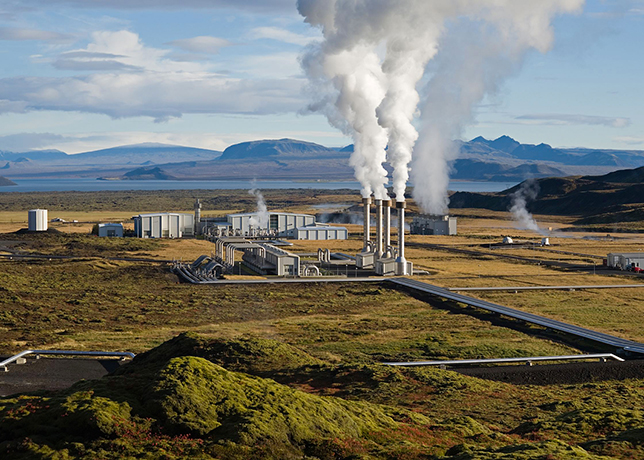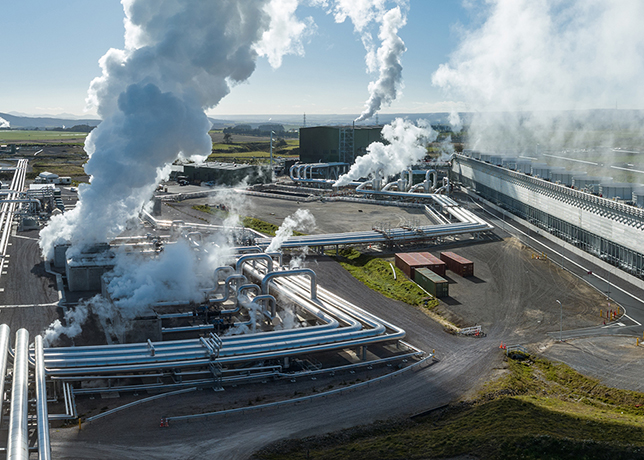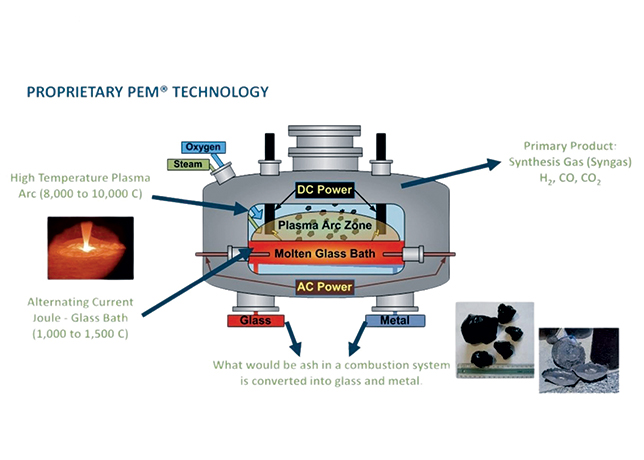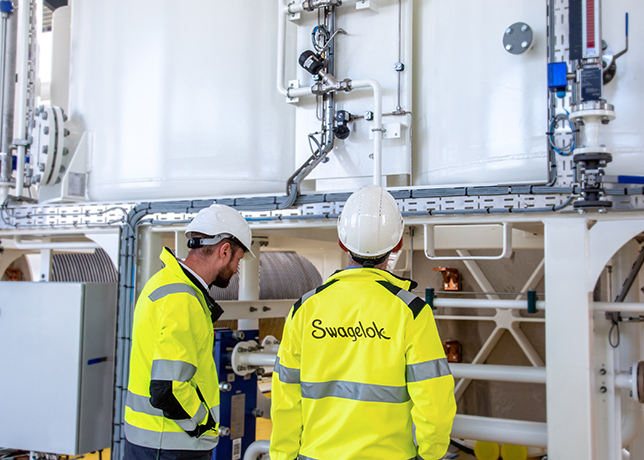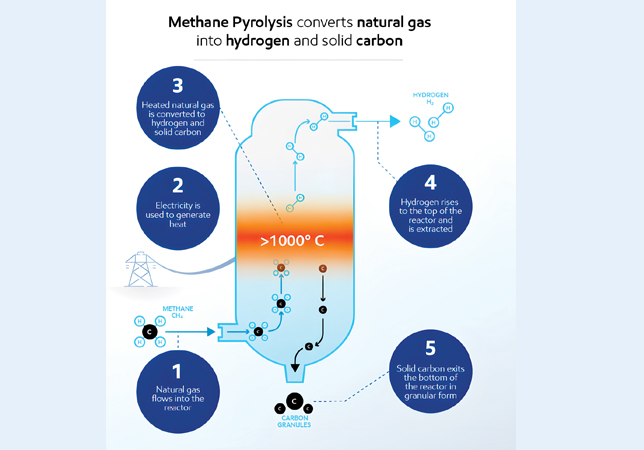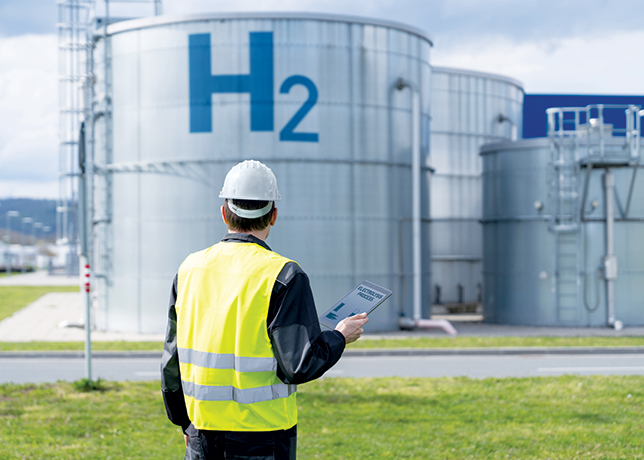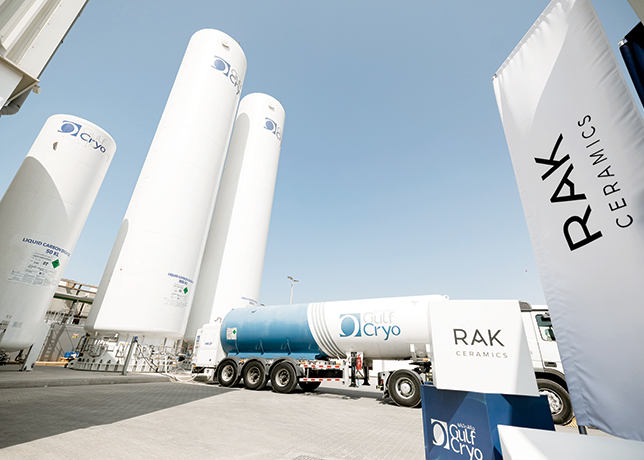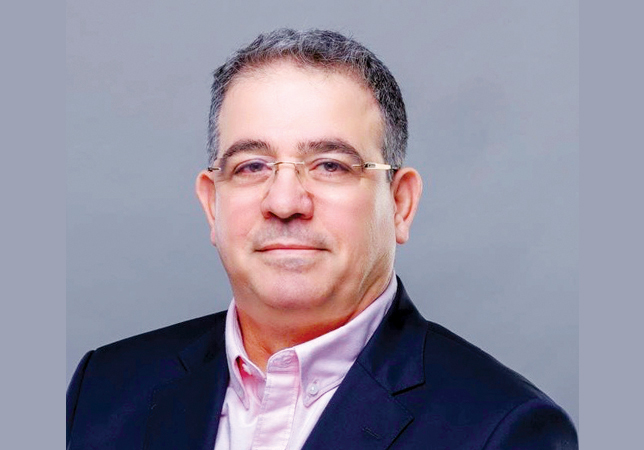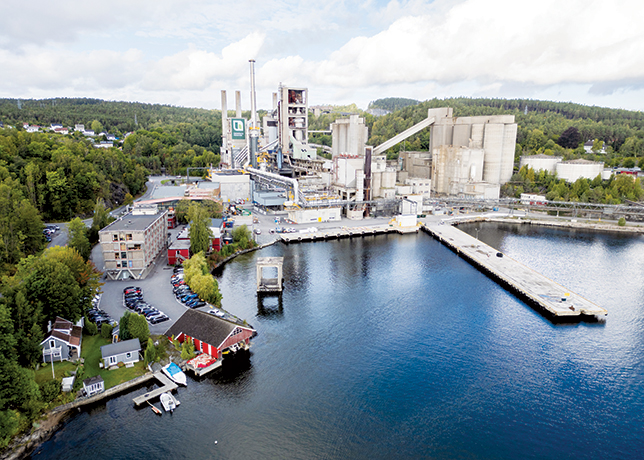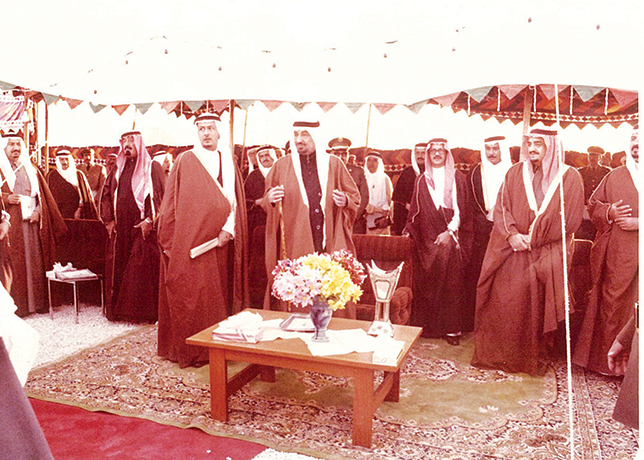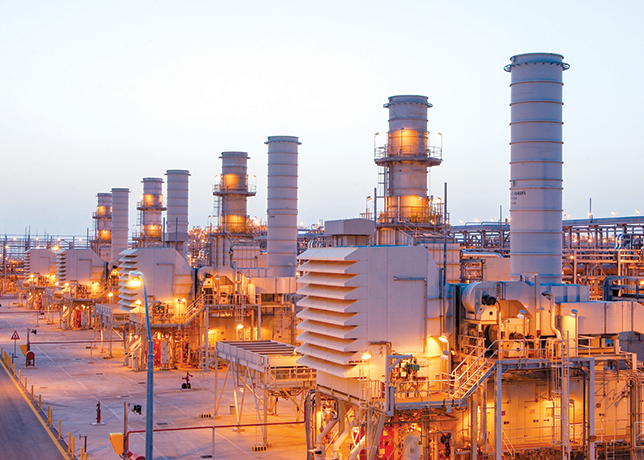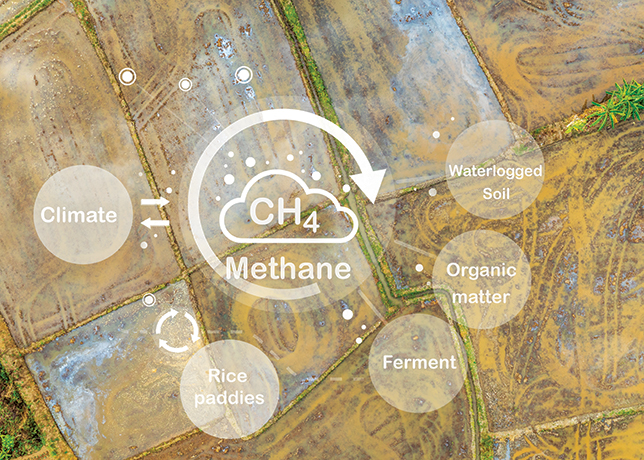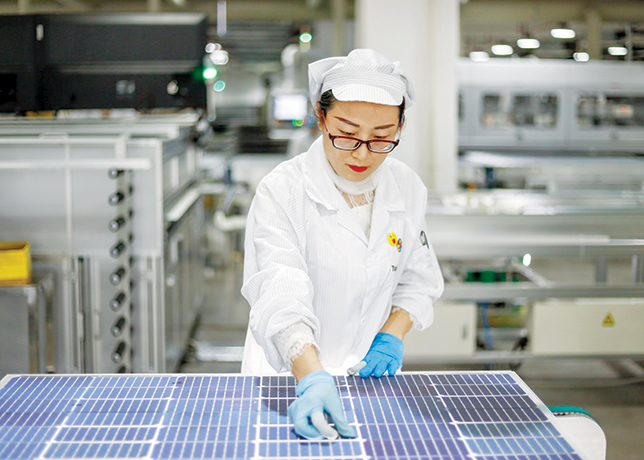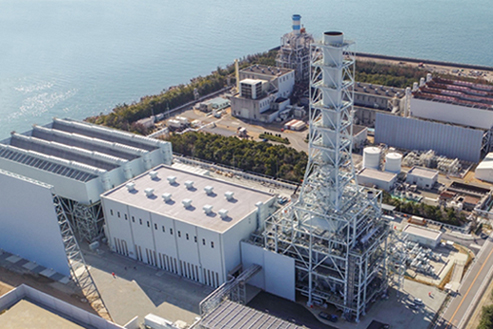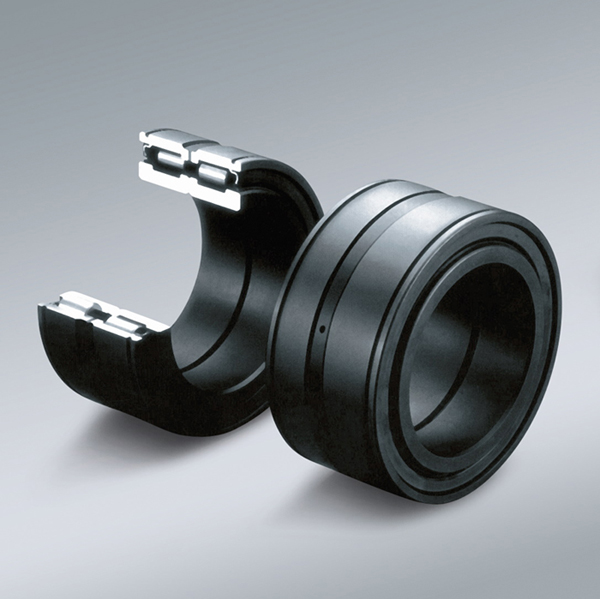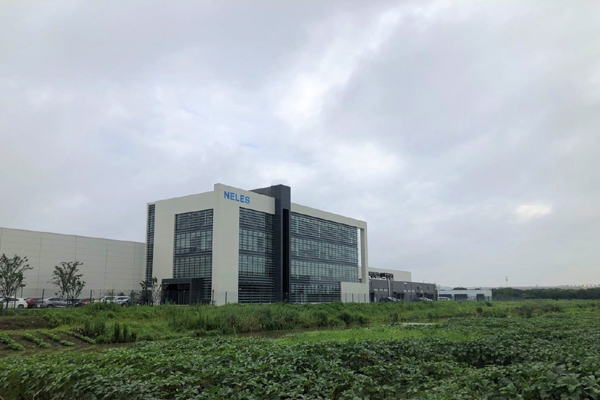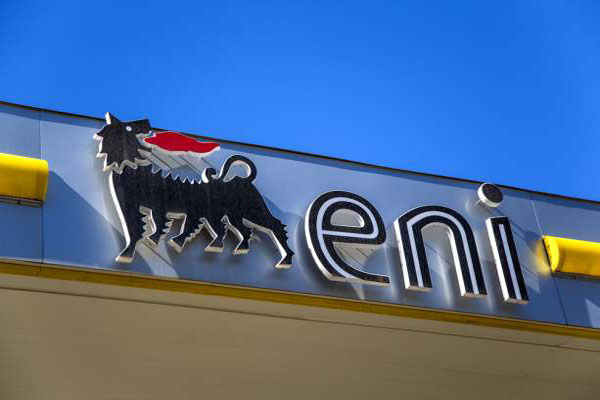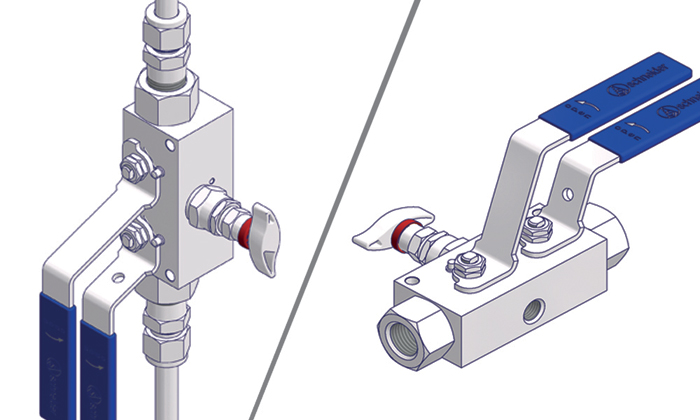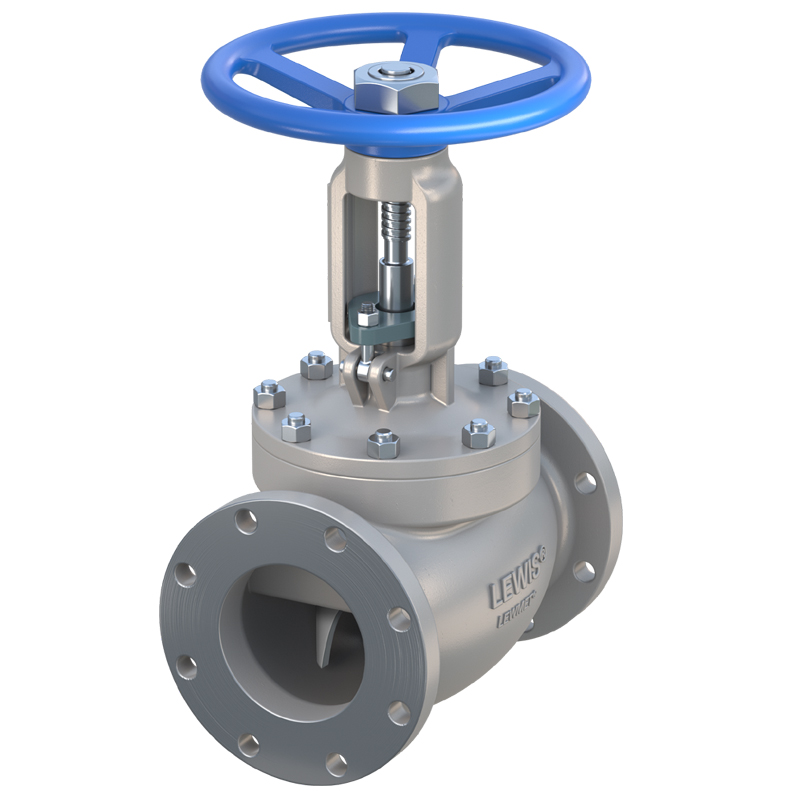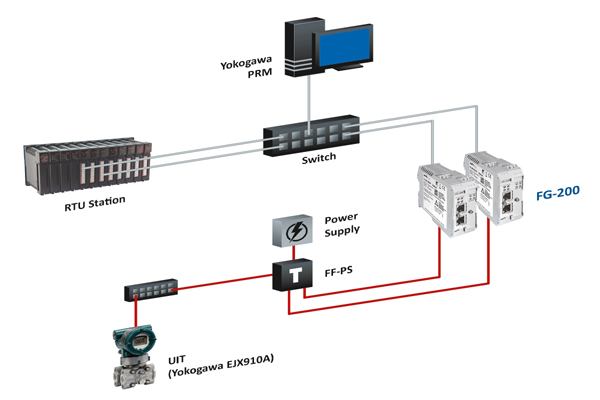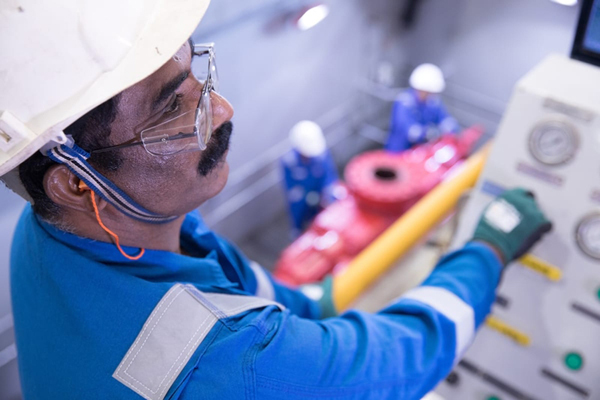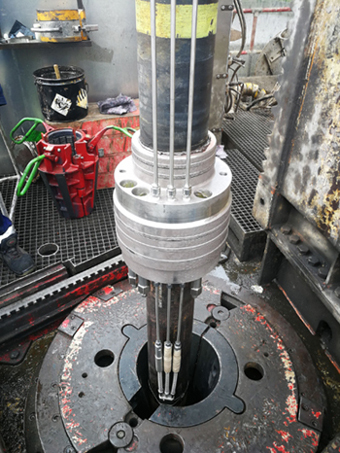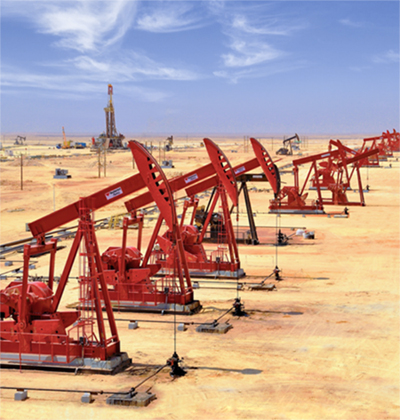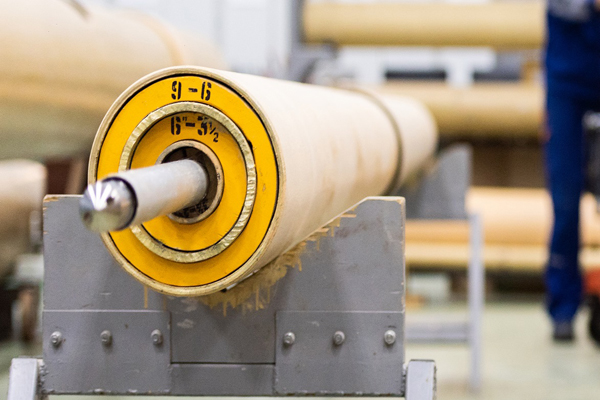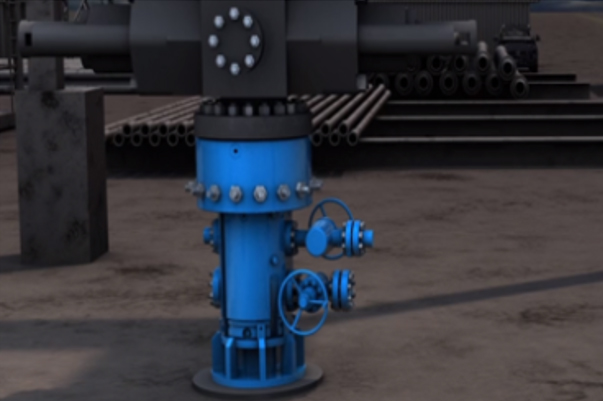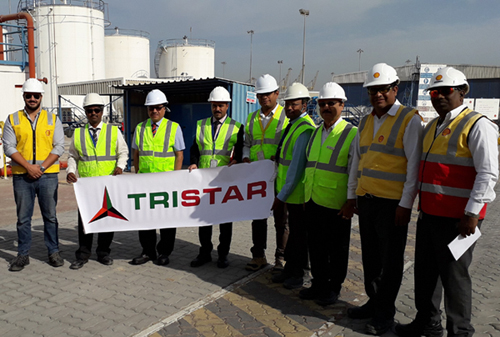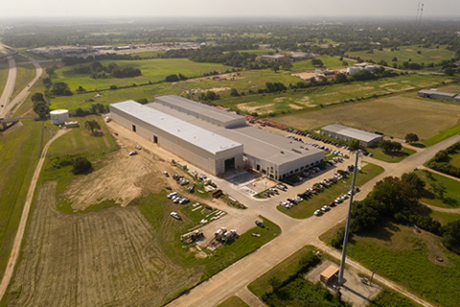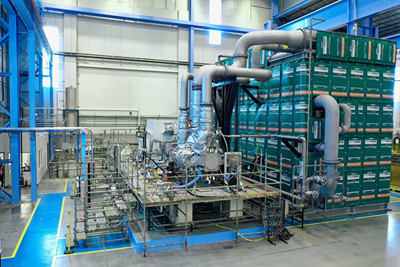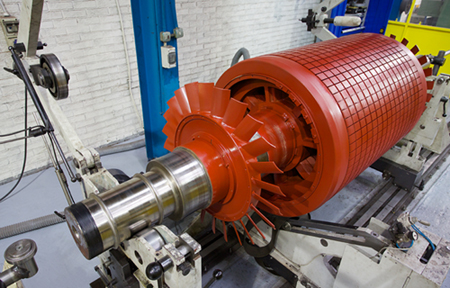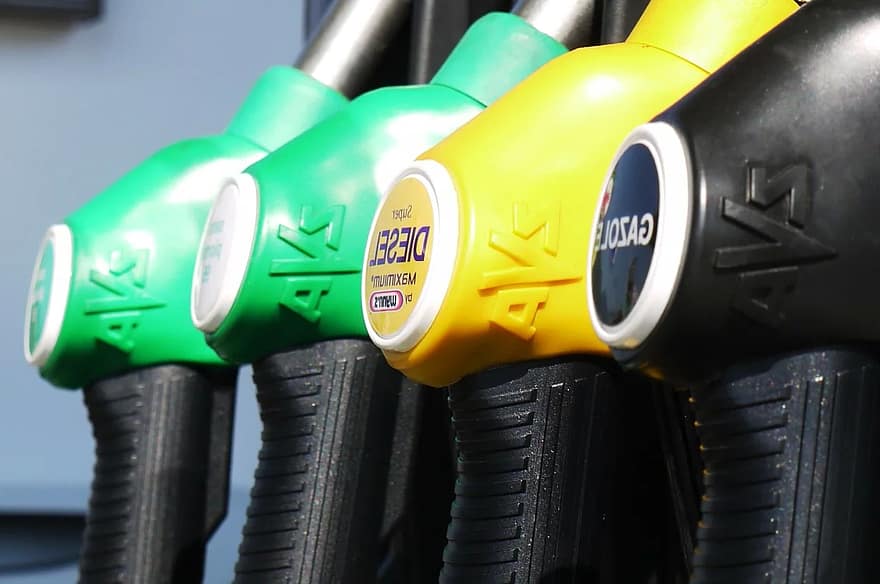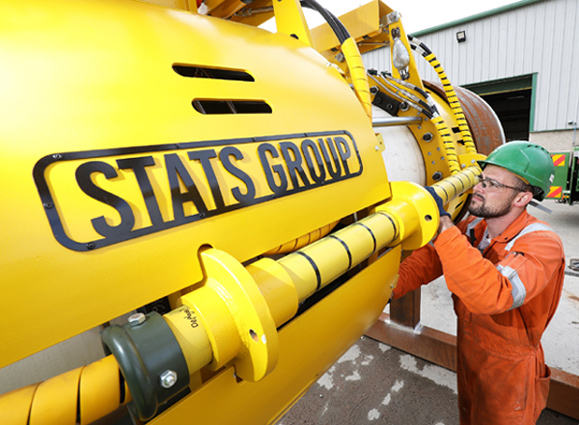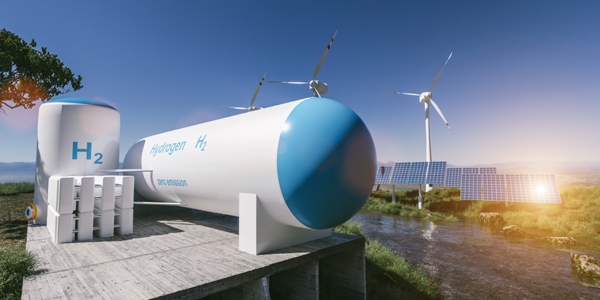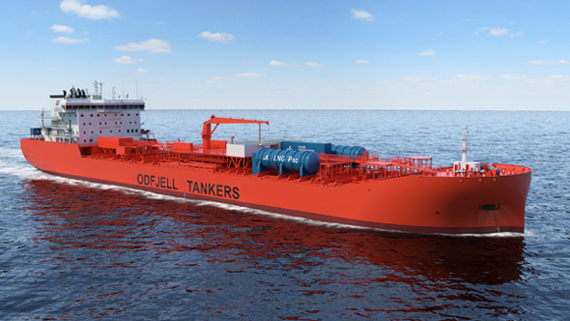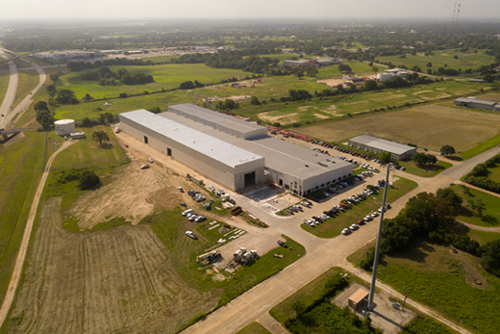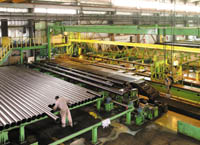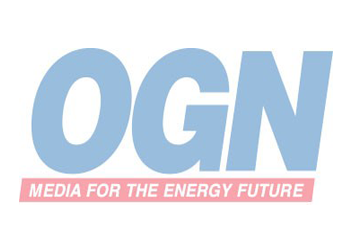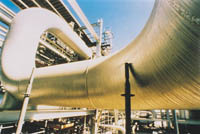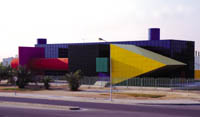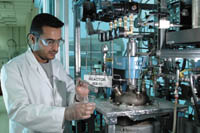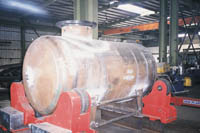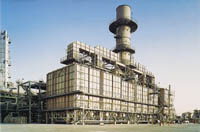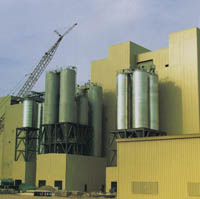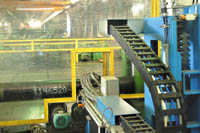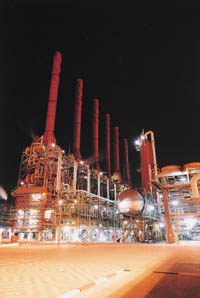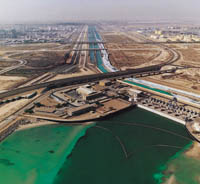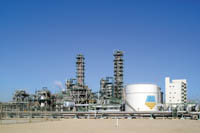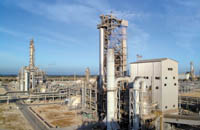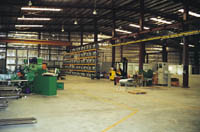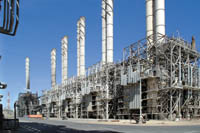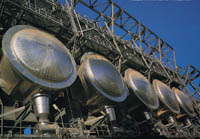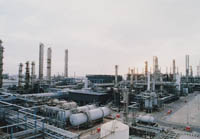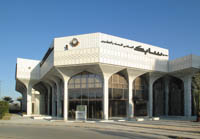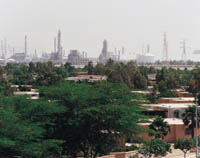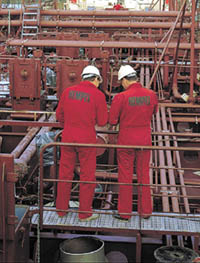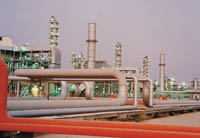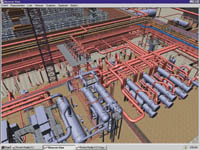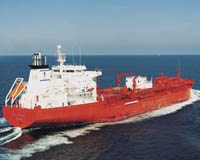
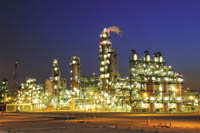
As Saudi Basic Industries Corporation (Sabic) celebrates a quarter of a century of relentless growth and stunning industrial successes, its decision-makers are plotting the next phase in its development.
And this next phase is likely to take on an increasingly international flavour as the Corporation looks to build on a world-class manufacturing base at home and establish its first major investment outside the Gulf.
The move towards overseas acquisitions and joint ventures is now beginning in earnest. Most recently, Sabic officials have been quoted as saying that talks are in progress with Italy's Eni, with a view to the Corporation acquiring EniChem, Eni's petrochemical arm.
Sabic is also said to be in negotiations with ''several other companies'' in the US, Europe and Japan as it identifies manufacturing opportunities offering good conditions for investment.
EniChem reported an operating loss of $69.9 million in the first half of this year, and Eni has, according to international reports, been keen to divest this aspect of its business.
Sabic experienced a 37 per cent fall in profit for the first nine months of this year compared with the same period of last year, a result of lower product prices and increased costs of raw materials, said vice chairman and managing director Mohamed Al Mady.
However, Sabic's sales revenues during the first nine months rose to $6.133 billion from $5.66 billion in the same period of last year following a number of expansion projects which came onstream.
Al Mady does not expect the present trend of falling profits to change in the short term, forecasting similar results in the last quarter of this year and first quarter of next year.
Despite tough market conditions, the future for the Saudi petrochemical industry in general, and Sabic in particular, looks good, however.
A major new gas initiative being undertaken in the Kingdom will see huge investments in gas recovery and downstream industrial infrastructure, including petrochemicals. And Sabic is likely to benefit in the form of increased gas feedstock at more competitive prices as new gasfields and pipelines are developed.
Sabic could also be a beneficiary of recent changes to investment laws in the Kingdom, which are encouraging the development of a growing number of private petrochemical plants in the cities of Jubail and Yanbu, the traditional heartlands of Sabic industrial might.
The buzzword in the Kingdom at the moment is 'cooperation' and the new plants may offer additional feedstock opportunities for Sabic, as either a purchaser or supplier.
Over and above these developments, Sabic continues with a third phase of petrochemical production capacity expansions at its facilities in Jubail and Yanbu, with a view to increasing capacity from approximately 36 million tonnes per year (tpy) at present to 48 million tpy by 2010.
The expansions are in response to expected demand growth for petrochemical products in Southeast Asia in the coming years, growth which could be twice that of the West.
The latest addition is a new 800,000 tpy ethylene cracker and 460,000 tpy ethylene glycol facility being developed by Jubail United Petrochemical Company (JUPC), a wholly-owned subsidiary of Sabic.
When completed in 2004, JUPC will be Sabic's 17th manufacturing affiliate.
To help finance this third phase of expansions, Sabic has turned to US banks for loans. These loans could also be used in overseas acquisitions, according to Sabic officials.
''Not only are we now considering direct acquisition of foreign operations, we are also looking into new methods to finance plant expansions, greenfield projects and acquisitions,'' one official said.
To do this Sabic must access wider areas of capital markets, and it is said to be especially interested in long-term loans from a broad array of international banks.
Saudi banks have accounted for the bulk of loans extended to Sabic to finance its first and second expansions. Around 40 per cent of the loans were extended by Saudi financial institutions, while 18 per cent were provided by other GCC banks.
Japanese banks extended nearly 20 per cent while around 19 per cent came from European banks and less than five per cent from the US.
With the many new expansion projects taking place and the development of new petrochemical industries in the Kingdom and Middle East region, Sabic may have to face up to the challenges of overcapacity and product duplication.
Experts have said that cooperation will be the key, and many have called on integration within the Saudi and Middle East petrochemical industries.
Sabic was said to be exploring areas of potential cooperation in Iran earlier this year, with industry sources suggesting that the Corporation had been talking to Iran's National Petrochemical Company (NPC) about potential investment in a polymer plant in Iran.
''We must ensure that our resource-driven confidence does not lead us down a blind alley of overcrowded markets, resulting in unhealthy competition and unfavourable prices,'' said one top Sabic official recently.
This issue is even more salient given the Kingdom's push to join the World Trade Organisation (WTO) and the planned implementation of a pan-Arab Free Trade Zone by 2007.
For its part, Sabic is said to be actively working to prevent destabilisation in the markets.
But economic slowdown in the US and Japan could make a tough market even tougher, though Al Mady has already stressed that Sabic will be able to ride the challenges thanks to the abundant resources on its doorstep.
Consolidation programmes at Sabic could also be important factors in its progress in a competitive new world.
To date, its consolidation efforts have focused on the supply chain and the management of shipping and port facilities.
For instance, the Corporation has successfully consolidated its procurement operations, with manufacturing affiliates, suppliers and Sabic itself connected to the Consolidated Procurement Organisation (CPO).
Organisational changes at Sabic have also been implemented with success. The formation of Strategic Business Units (SBUs) in 1999 saw the restructuring of the old organisation into its core business areas of basic chemicals, fertilisers, intermediates, polymers and metals.
More recently, Sabic launched a Business Transformation Project last year to achieve global optimisation of its businesses, making them as efficient, customer-orientated and competitive as possible.
Heavy investment in research and technology (R&T) at Sabic also provides the Corporation with a competitive global edge.
Sabic R&T looks to provide specialised products and support to the SBUs in project development and execution, increase Sabic profitability and enhance the Corporation's image.
To this end, Sabic is said to be building an acetic acid plant based on technology its has developed independently.
Since 1976, Sabic has been a major driving force behind the increase in the Kingdom's non-oil exports.
Its range of products includes basic and intermediate chemicals, polymer resins and polyester, fertilisers, metals, and industrial gases.
Today, Sabic is a world-class operator and the leading petrochemical producer in the world.
Significant challenges lie ahead and the Corporation will have to look at new ideas and adopt new practices to stay ahead in a new era of business. Officials acknowledge that Sabic's traditional cost advantages are slipping and that its competitors are merging into stronger, more efficient enterprises.
As Al Mady has pointed out: ''If we do not adopt sweeping changes, Sabic would in the long term lose its gains of the past, ultimately making it incapable of achieving its cherished vision and mission.
''We cannot compromise on Sabic's ability to compete globally.''



